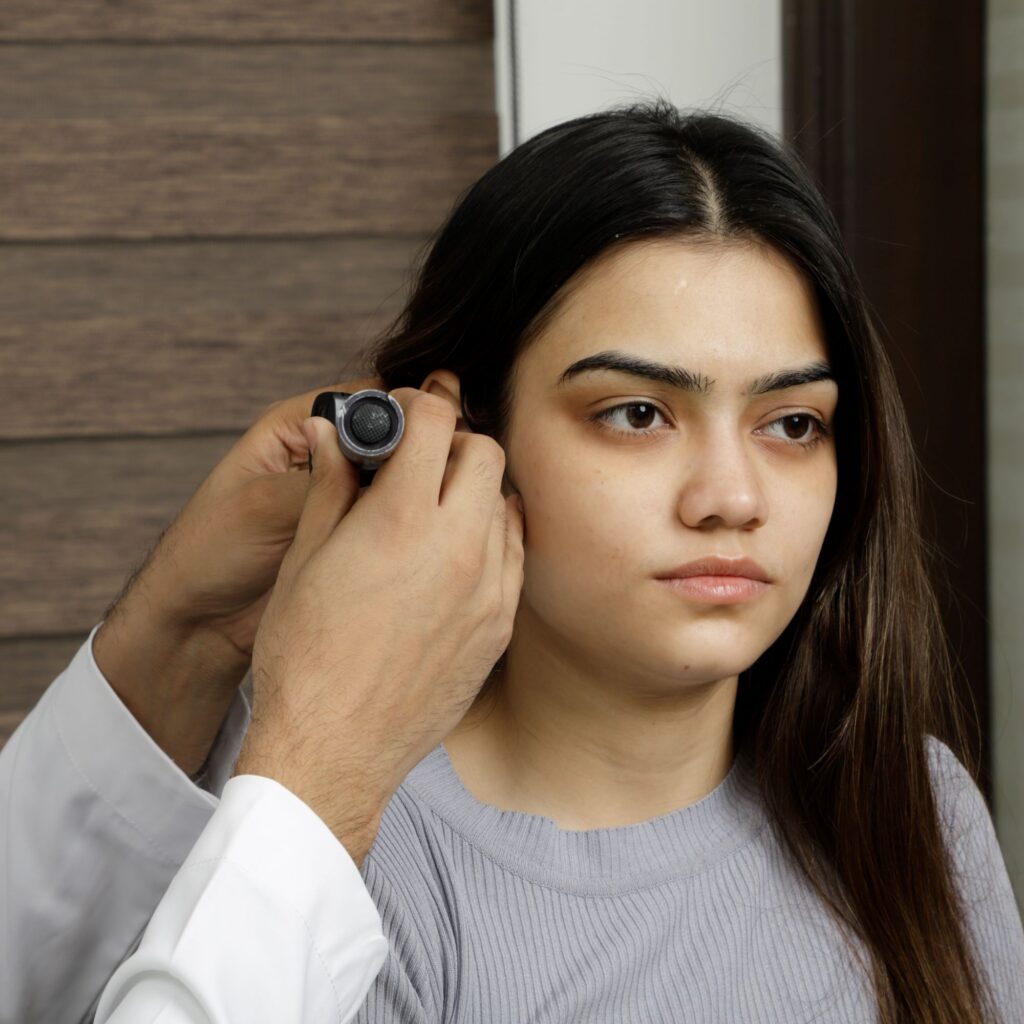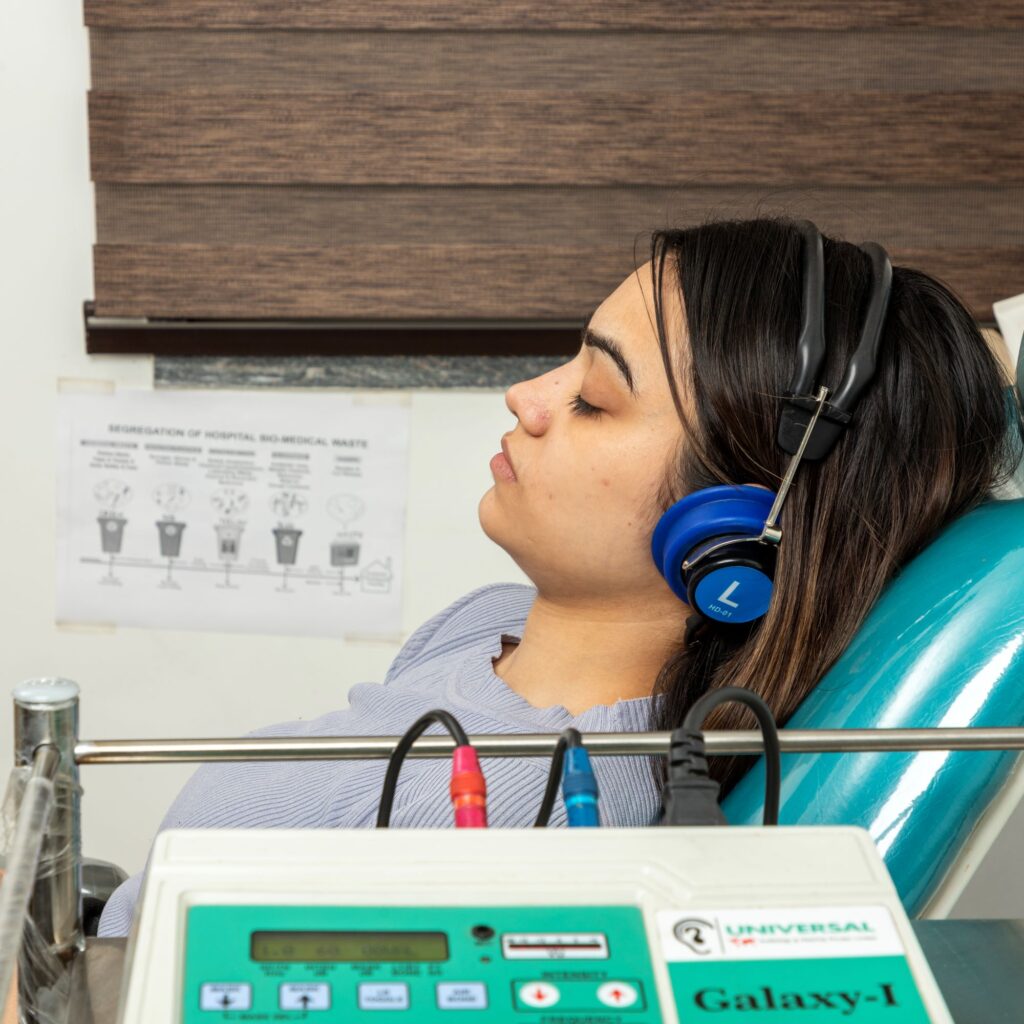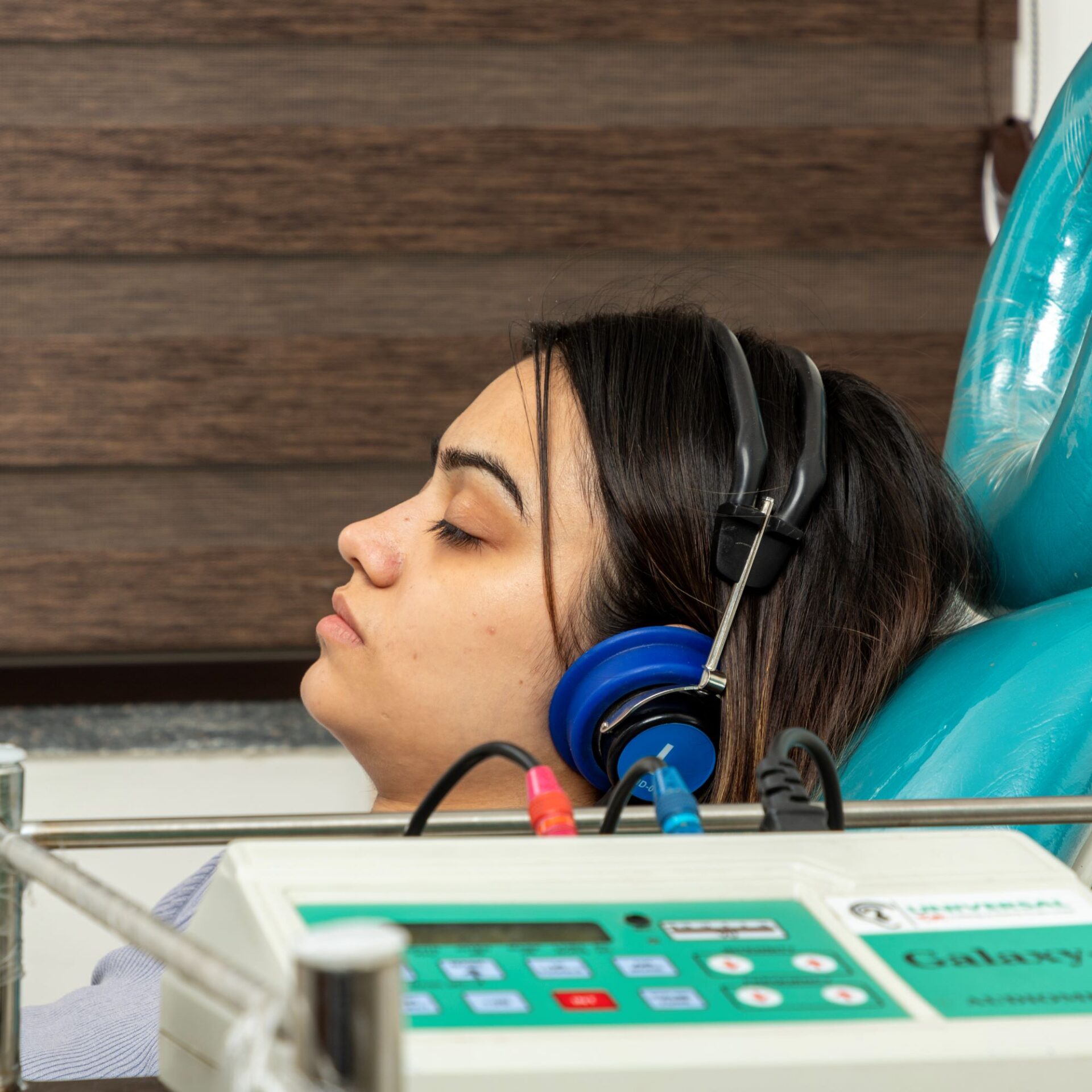Otology & Audiology
Discharging Ear
Discharging ear, also known as otorrhea, is a condition where there is an abnormal discharge of fluid, pus or blood from the ear. This condition can be caused by a number of factors, including infections, trauma, tumors, allergies, foreign bodies, or even medications.


Decreased Hearing
Decreased hearing, also known as hearing loss, is a condition where there is a reduction in the ability to hear. This can be caused by a number of factors including age, genetics, exposure to loud noises, infections, and other health conditions.
Grommet
Grommet, also known as a tympanostomy tube, is a small tube that is surgically inserted into the eardrum to alleviate chronic ear infections or other ear conditions. The tube helps to ventilate the middle ear and drain any excess fluid that may be present, preventing the build-up of pressure that can lead to hearing loss, pain, and other complications.


Stapes Surgery
Stapes surgery, also known as stapedotomy or stapedectomy, depending on the technique employed, is a surgical procedure performed to treat hearing loss caused by otosclerosis. Otosclerosis is a condition in which the bone in the middle ear (the stapes bone) becomes fixed and cannot vibrate properly, leading to conductive hearing loss. Conductive hearing loss occurs when sound is not transmitted efficiently through the outer or middle ear to the inner ear.
Hearing Tests
A hearing test, also known as an audiometry test, is a non-invasive evaluation of a person’s ability to hear sounds. The test is typically conducted by an audiologist or hearing healthcare professional, and involves a series of evaluations that measure the person’s ability to hear sounds of varying volume and pitch.


PTA
PTA, or pure-tone audiometry, is a vital hearing test conducted in a soundproof booth. Using headphones connected to an audiometer, the individual responds to sounds at different frequencies and volumes by pressing a button or raising their hand. The test determines the hearing threshold—the softest detectable sound at each frequency. Results are plotted on an audiogram, offering a graphical overview of the person’s hearing ability across frequencies. PTA serves as a crucial diagnostic tool for identifying and evaluating hearing loss.
BERA
BERA, or Brainstem Evoked Response Audiometry, is a diagnostic test used to measure the electrical activity in the auditory nerve and brainstem in response to sound. It is used to diagnose hearing loss in newborns, infants, and young children who are not able to respond to traditional hearing tests. It is also helpful in diagnosing a sensorineural hearing loss while suggesting a cause for it.


